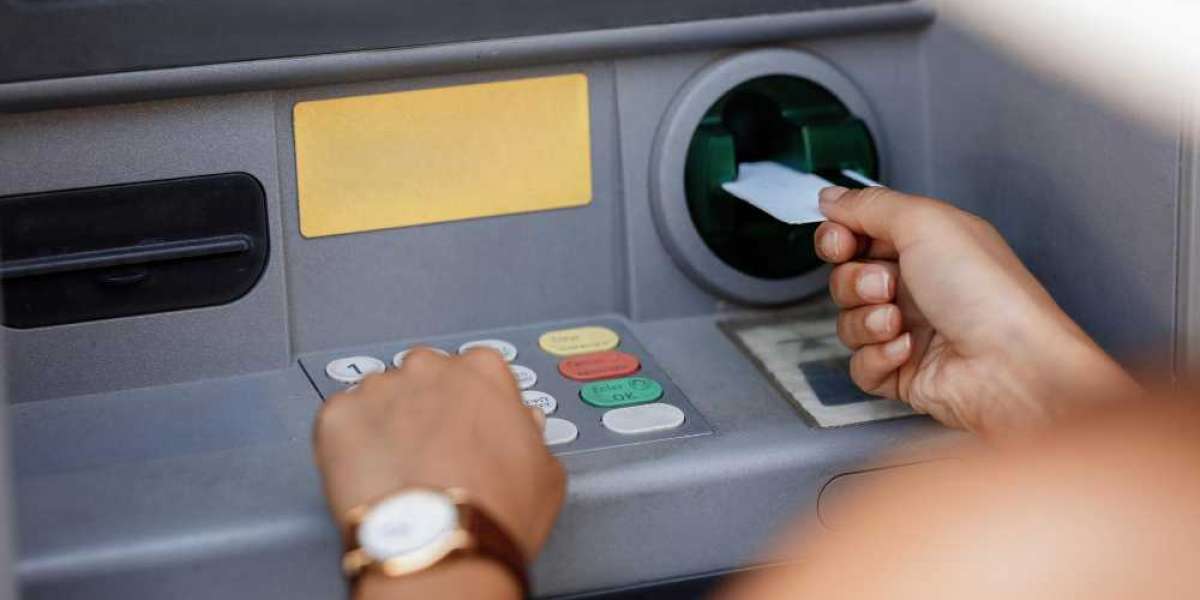Choosing the right locations for ATM placement in Canada is a crucial decision for any business or financial institution. A well-placed ATM can significantly boost revenue, improve customer satisfaction, and increase brand visibility. However, selecting the optimal sites requires a strategic approach, considering various factors that can influence the success of an ATM.
Understanding the Importance of Strategic ATM Placement
The placement of an ATM is a decisive factor in its success. ATMs positioned in high-traffic areas with a high demand for cash transactions tend to generate more transactions, leading to higher profitability. Conversely, poorly placed ATMs can lead to low usage and decreased revenue. Therefore, understanding the dynamics of ATM placement is essential for maximizing returns on investment.
Analyzing Demographics and Foot Traffic
One of the primary factors to consider when choosing an ATM location is the demographic profile of the area. Areas with a high population density, a mix of residential and commercial properties, and a diverse age group often have higher foot traffic, which can translate into more transactions.
- Residential Areas: Placing ATMs in densely populated residential areas can ensure consistent usage, as residents may prefer using nearby ATMs for convenience.
- Commercial Zones: Commercial areas with numerous businesses, shops, and offices are excellent locations for ATMs. Employees, shoppers, and business owners frequently require cash transactions, making these areas ideal for ATM placement.
- Tourist Spots: Locations with high tourist activity, such as downtown areas, shopping malls, and tourist attractions, are also prime spots. Tourists often need cash for various expenses, driving ATM usage.
Assessing Accessibility and Visibility
Accessibility and visibility are crucial for attracting users to an ATM. An ATM should be easily accessible to pedestrians and motorists, ensuring convenience for users. Here are some key considerations:
- High Visibility: ATMs should be placed in well-lit, visible locations to attract users. Signage can help improve visibility and guide users to the ATM.
- 24/7 Access: Ensuring that the ATM is accessible 24/7 can significantly increase its usage. Locations such as convenience stores, gas stations, and supermarkets that operate round the clock are ideal.
- Safety and Security: Users are more likely to use ATMs that are in safe and secure locations. Placing ATMs in areas with good lighting, security cameras, and a visible security presence can enhance user confidence.
Evaluating Competition and Market Demand
Understanding the competitive landscape and market demand is essential for successful ATM placement. Analyzing the number of existing ATMs in the area and their usage patterns can provide valuable insights.
- Gap Analysis: Identify areas with a high demand for ATMs but limited availability. These underserved areas present opportunities for new ATM placements.
- Competition: Avoid placing ATMs too close to competitors unless the area has exceptionally high foot traffic and demand. Over-saturation can lead to lower transaction volumes for all ATMs in the vicinity.
- Market Trends: Stay updated with market trends and changes in consumer behavior. For instance, areas with increasing commercial development or new residential projects may become lucrative spots for ATM placement.
Partnering with Local Businesses
Collaborating with local businesses can be a strategic move for ATM placement. Partnering with high-traffic businesses can provide mutual benefits, such as increased foot traffic for the business and a steady stream of users for the ATM.
- Retail Partnerships: Establishing ATMs in retail stores, supermarkets, and malls can attract shoppers who need cash for their purchases.
- Hospitality Sector: Hotels, restaurants, and bars are excellent locations for ATMs, as guests often require cash for tips and small transactions.
- Event Venues: Placing ATMs in event venues like stadiums, concert halls, and convention centers can cater to large crowds during events, ensuring high transaction volumes.
Leveraging Technology and Data Analytics
Incorporating technology and data analytics into the decision-making process can enhance the effectiveness of ATM placement. Advanced tools and software can analyze various data points to identify optimal locations.
- Geospatial Analysis: Use geospatial analysis tools to map out potential locations based on demographic data, foot traffic patterns, and competition.
- Transaction Data: Analyze transaction data from existing ATMs to identify trends and patterns that can inform new placements.
- Predictive Analytics: Employ predictive analytics to forecast potential usage and revenue for prospective locations, helping to make data-driven decisions.
Regulatory Considerations and Compliance
When placing ATMs in Canada, it is important to comply with regulatory requirements and obtain necessary permissions from local authorities. Understanding and adhering to regulations can prevent legal issues and ensure smooth operations.
- Local Regulations: Familiarize yourself with local zoning laws, permits, and regulations related to ATM placement. Some areas may have specific requirements regarding the placement and operation of ATMs.
- Accessibility Standards: Ensure that the ATM complies with accessibility standards, such as the Accessibility for Ontarians with Disabilities Act (AODA), to cater to all users, including those with disabilities.
- Financial Regulations: Adhere to financial regulations and guidelines set by governing bodies, such as the Financial Consumer Agency of Canada (FCAC), to maintain compliance and avoid penalties.
Conclusion
Choosing prime locations for ATM placement in Canada requires a comprehensive approach that considers demographics, foot traffic, accessibility, competition, and regulatory compliance. By strategically analyzing these factors and leveraging technology, businesses can optimize ATM placements to maximize usage and profitability. Collaborating with local businesses and staying informed about market trends can further enhance the success of ATM placements. Ultimately, thoughtful and data-driven decisions will ensure that ATMs provide convenient and reliable services to users while generating significant returns for businesses.








